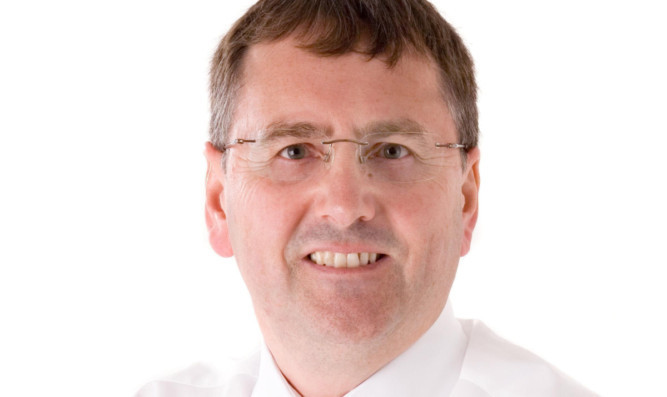The chief executive of Tesco pronounced the death of the traditional model for retail and said “glocalisation” was the future.
Philip Clarke said it would be those who best harnessed the power of the internet, engaged with customers in a flexible and interactive manner, and married global innovation with local application so-called glocalisation who prospered.
The head of the supermarket giant told delegates at the World Retail Congress in Singapore that major change was needed to accommodate the modern shopper’s needs.
“Whichever way we look, we’re seeing a new age of global connectivity. It’s bottom- up, fast-moving, and highly disruptive,” said Mr Clarke.
“It’s changing the way we source and it’s changing the way we share new ideas. Around the world, a new wave of creativity has been unleashed. No single country or company has the lead on innovation.
“The flow of ideas is north-south as well as east-west. The winners of the future will be those companies which can take ideas from all parts of the planet and apply them in different ways and to different places.
“All this means that those of us in the industry need to rethink the way we retail.
“For years it’s been about developing best practice in the home market and then exporting it from on high. But this model has run its course.
“We all need to be quicker, smarter, more fluid and more interactive. We need to change the landscape, not just adapt to it.
“There’s also a social side to this transformation. The digital age has created a new era of accountability and this means that the world’s expectations of big corporates are changing day by day.”
Total global sales derived from e-commerce surpassed $1 trillion dollars last year, with a large proportion of the rise coming in Asia Pacific.
Mr Clarke said Tesco now dealt with around 500,000 digital orders a week, and his company would invest $750 million in its technology offering this year a three-fold increase in the past three years to ensure it stayed at the forefront of the digital curve. He said movies and ebooks would be added to the firm’s blinkbox platform.
“We’re living in a new age of connectivity. It’s transforming every retail company,” Mr Clarke said. “This is a world of hyper-speed choice and global connectivity and you fail the moment you stand still.
“Make the right choices now, and there’s so much we can achieve in the future. If we capture the opportunities of a world of connectivity we can create new value not just for customers and suppliers, but also for wider society.
“This is it. The world is changing and we have to change, too.”
business@thecourier.co.uk
